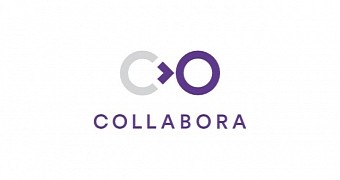Collabora's Mark Filion is informing Softpedia about some of the latest developments the company has been working on to improve graphics support in the open source Mesa 3D Graphics Library, as well as the Wayland and Weston technologies.
As you might know, Collabora's developers are always involved in the development of Mesa and the Linux kernel, and they managed to add numerous enhancements to the recently released Mesa 17.0 3D Graphics Library and Linux kernel 4.10, which are now landing in many popular GNU/Linux distributions.
Mesa 17.0 is a major achievement, not only because it brings the open-source Intel graphics driver on par with its Windows equivalent now that's fully conformant with the Vulkan 1.0, OpenGL 4.5, and OpenGL ES 3.2 APIs, but also because it ships with the Etnaviv driver that provides support for various Vivante GPUs in NXP/Freescale i.MX SoCs.
"The Etnaviv driver brings with it a 'renderonly' framework for Mesa, explicitly providing support for systems with a separate display controller and 3D GPU. Etnaviv joins Mesa as the sixth hardware vendor to have a supported, fully open-source, driver," reveals Daniel Stone, Collabora Graphics Lead.
More great work is expected soon
But the work of the Collabora's developers on the open source graphics front won't stop here or ever for that matter, and Daniel Stone has managed to write an in-depth story where he explains how he and his team are improving graphics support on our GNU/Linux distributions, in collaboration with developers from other known companies.
Highlights of the upcoming work include improvements to buffer modifier support in Mesa, Wayland, and Weston, atomic modesetting support for Wayland's Weston compositor, support for modifiers and dmabuf mechanisms, full support for hardware overlay planes, as well as explicit fencing support for the Wayland display server.
They also plan on continuing to bring Android fences to mainline Linux kernel, as well as to get involved in numerous other collaborations that should further advance the performance of the open-source Linux graphics drivers. Make sure that you read the entire story published by Daniel Stone to become familiar with Collabora's work.

 14 DAY TRIAL //
14 DAY TRIAL //